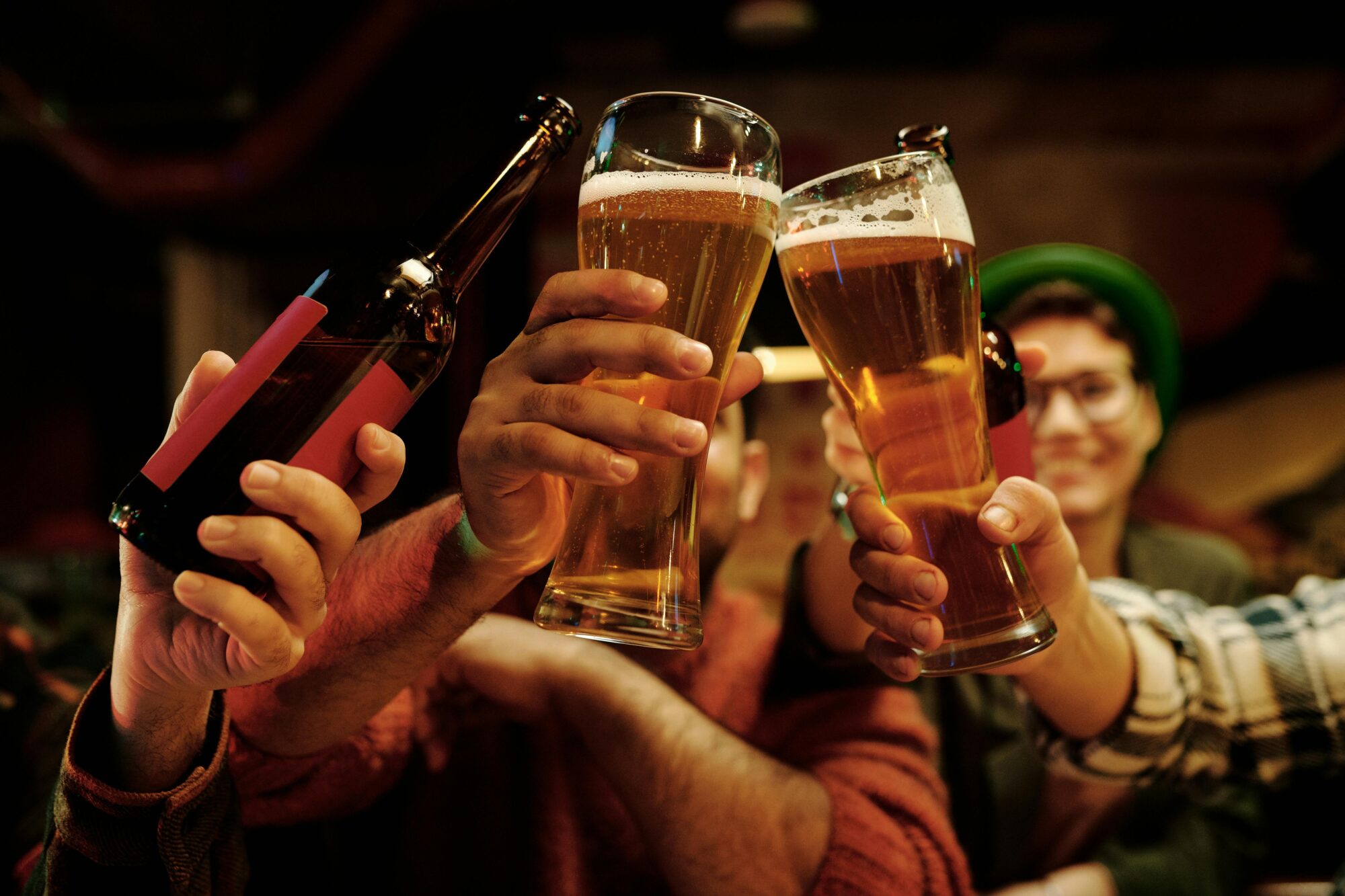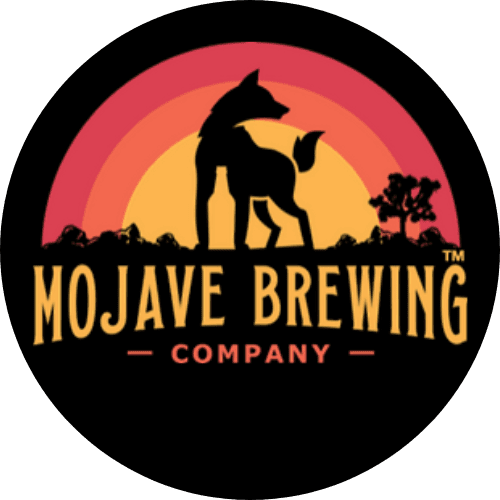
How Have Craft Breweries Revolutionized The US Beer Scene?

Posted on September 2nd, 2024.
With the increasing popularity of craft beer, it's not uncommon to see more and more people choosing these unique and locally brewed options instead of the traditional commercial beers. And it's not just a passing trend - craft breweries have truly made a lasting impact on the US beer scene.
But what exactly makes craft breweries stand out from the rest? How have they managed to change the game and win over the hearts of beer lovers across the country?
In this article, we will dive into the world of craft beer and explore the ways in which it has revolutionized the US beer scene. So grab a cold one and join us on this journey of discovery!
The Rapid Growth and Market Impact of Craft Beer
The surge in craft beer sales over the past decade has been nothing short of remarkable, carving out a substantial niche in a market once dominated by large, multinational beer companies.
Over the years, craft beer production has grown at a staggering rate, driven by a passionate consumer base eager for diverse and flavorful options.
According to the Brewers Association, craft breweries' market share by volume in the US grew from about 5.7% in 2011 to over 13% in recent years. Financially, this translates to craft beer sales soaring past the $27 billion mark.
You can see this reflected in countless local businesses thriving thanks to an ever-growing demand for unique and high-quality brews. The shift towards greater appreciation of craftsmanship in brewing signifies a departure from plain, mass-produced options, allowing smaller breweries to tap into a market hungry for new and robust flavors.
With the blooming scene, the number of breweries per capita has dramatically increased, strengthening the industry’s backbone and regional diversity. As of 2020, the United States was home to over 8,000 craft breweries, up from just under 2,000 in 2011, showcasing exponential growth and an industry brimming with innovation and passion.
This growth in breweries per capita means not only more choices for consumers but also significant contributions to local economies through job creation and tourism. For instance, states like Vermont boast an impressive brewery per capita rate, with one brewery for every 9,000 people, underlining the community's strong support for local craft beer. And it’s not just the coastal states benefiting; places like Colorado and Oregon also lead the pack, spotlighting how diverse the spread of craft breweries has become.
Economic Contributions of Craft Breweries
The economic contributions of craft breweries go beyond just sales figures and brewery count. Independant brewers play a crucial role in boosting local economies, creating jobs, and attracting tourism.
When a new craft brewery opens, it generates a ripple effect throughout the surrounding region. First and foremost, there’s job creation; from brewers and quality control specialists to taproom staff and sales teams, these small businesses provide employment opportunities at multiple levels.
The Brewers Association reported that craft breweries employed over 161,000 full-time workers as of the past few years, a significant number considering the relatively small size of individual operations. These jobs often come with a sense of community and personal investment, as employees are typically more deeply connected to the brewery's mission and product than they might be in a larger, faceless corporation.
Apart from jobs, independent brewers are also a magnet for tourism, helping to rejuvenate local economies. Brewery tours, tasting rooms, and related events are major draws for beer enthusiasts who travel specifically to experience the local craft beer culture.
Take for example, the Great American Beer Festival held annually in Denver. This event attracts tens of thousands of visitors from around the world, injecting millions of dollars into the local economy, including hotels, restaurants, and other service industries. These tourism dollars are essentially a form of economic symbiosis, where thriving breweries contribute to the success of other nearby businesses.
Lesser-known, but equally impactful, is the symbiotic relationship between craft breweries and local agriculture. When independent brewers prioritize sourcing ingredients locally, they support regional farmers and contribute to the agricultural economy.
Working directly with hop and barley growers, as well as fruit and herb farmers for those unique brews, craft breweries create a closed-loop system where both parties benefit. A brewery might use locally harvested hops in their seasonal IPA, and in turn, the beer-loving community becomes more invested in supporting local agriculture.
Innovative Trends and Quality Assurance in Craft Brewing

One fascinating aspect of the craft beer boom is how continually innovative techniques ensure brewery quality that stands head and shoulders above typical mass-produced fare.
Unlike their larger counterparts, craft breweries have the flexibility to experiment, embracing trending craft beer styles and creating wholly unique brews that often cater to regional tastes and preferences. This experimentation leads to a symbiotic relationship between the brewer and the consumer; as brewers introduce inventive recipes, consumers respond with enthusiasm, driving demand for inventive beers.
For instance, techniques such as dry hopping—where hops are added to the brew after fermentation for a more intense aroma—and the use of Brettanomyces yeast for funkier, complex flavors are becoming more mainstream in craft brewing circles. These practices are not about cutting corners or simple profit; they are driven by a genuine desire to craft superior beers that excite the palate and push the boundaries of what beer can be.
Moreover, the dedication to quality in craft brewing is evident in the emphasis placed on producing small, meticulously controlled batches. Each batch receives the individual care and attention needed to meet high standards, ensuring each pint consistently delivers the intended flavor profile.
For example, the brewing process often includes rigorous quality checks and clean, controlled environments essential for preventing spoilage and maintaining distinct taste characteristics. Small-scale brewing allows for more intricate control of variables like fermentation temperature and ingredient mix, leading to a wide variety of flavor complexities that keep consumers coming back.
Of course, the embrace of diverse brewing styles plays a pivotal role in setting craft breweries apart in the competitive beer industry. Trending craft beer styles such as New England IPAs, with their hazy appearance and juicy hop flavors, have emerged as a consumer favorite.
Similarly, the popularity of sour beers—often aged with fruits in oak barrels to develop complex, tangy flavors—showcases the innovative spirit intrinsic to craft brewing.
The craft beer scene is also awash with creative takes on traditional styles, like the resurrection of Gose—a tart, salty German wheat beer—bringing an old-world charm to modern palates.
Barrel-aged beers, too, have carved out their niche, with brewers aging everything from stouts to saisons in barrels that previously held bourbon, wine, or even tequila, imparting distinct layers of flavors and aromas.
While larger breweries may focus on consistency and mass appeal, craft brewers prioritize authenticity and ingenuity, continually pushing the envelope to create something truly extraordinary.
Related - Craft Beer and Cider Pairing 101: A Beginner's Guide
Wrapping Up
It's amazing how much diversity and innovation smaller breweries bring to the beer landscape. The craft brewery scene has made significant strides in changing what we think about beer and how we experience it. By consistently pushing the boundaries and producing high-quality, small-batch brews, craft breweries aren't just businesses; they're community hubs that bring people together.
Here, in Henderson, Nevada, Mojave Brewing Company prides itself on crafting beer that balances tradition with innovation. We understand that when you walk into a brewery, you expect more than just a drink—you want an experience full of rich flavors and a welcoming atmosphere.
Our taproom is more than just a place to grab a pint; it’s a space where beer enthusiasts can explore the nuances of expertly brewed beverages. We incorporate top-notch ingredients and meticulous brewing techniques to ensure every sip provides something new and delightful. Every beer we offer has its own story, from its creation in our brewery to the moment it’s poured into your glass.
Experience the exceptional flavor of our craft beers, brewed with passion and the finest ingredients in Henderson, Nevada. Whether you’re a beer enthusiast or just looking for a great brew, Mojave Brewing Company has something special for you. Feel free to reach out to us at [email protected] or contact us at (725) 204-1387 to learn more. So next time you think of exceptional craft beer, remember there’s a place in Henderson that has everything you’re looking for and more.
Raise a Glass with Mojave: Let's Brew Something Special Together!
Cheers! We're thrilled to connect with fellow beer and cider enthusiasts like you. At Mojave Brewing Company, we pour our heart and soul into crafting exceptional brews that are a testament to our commitment to quality and innovation. Whether you have a question, want to collaborate, or simply want to share your love for great beer, we can't wait to hear from you. Let's raise a glass and embark on an unforgettable brewing journey together!

